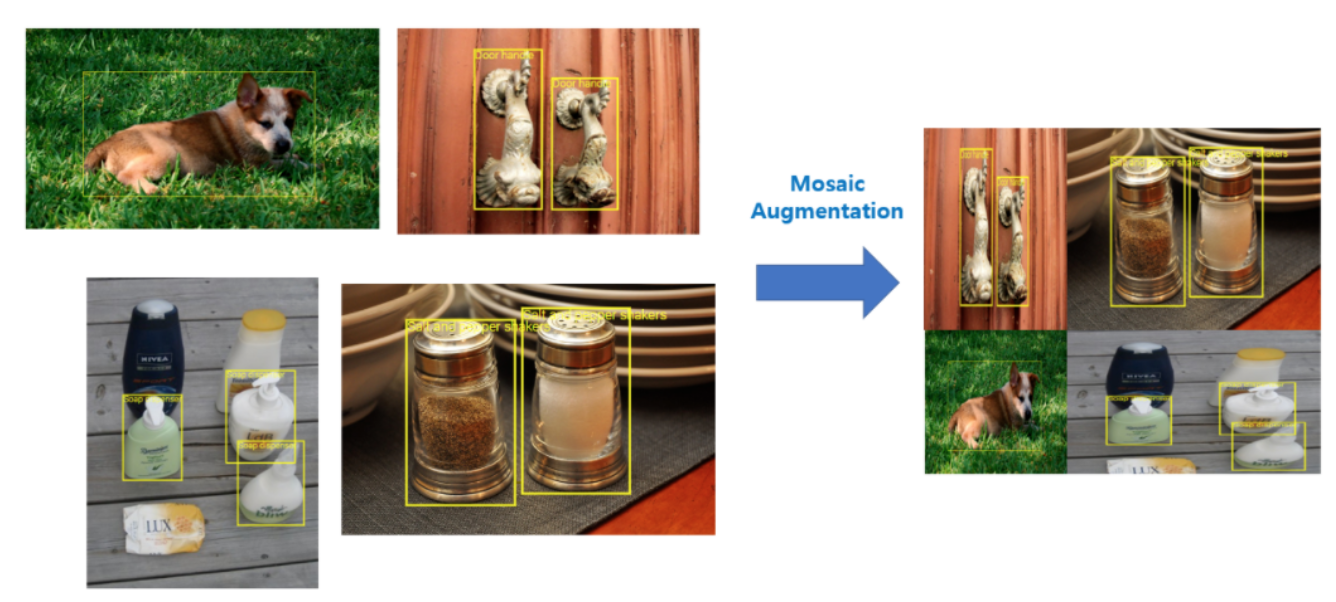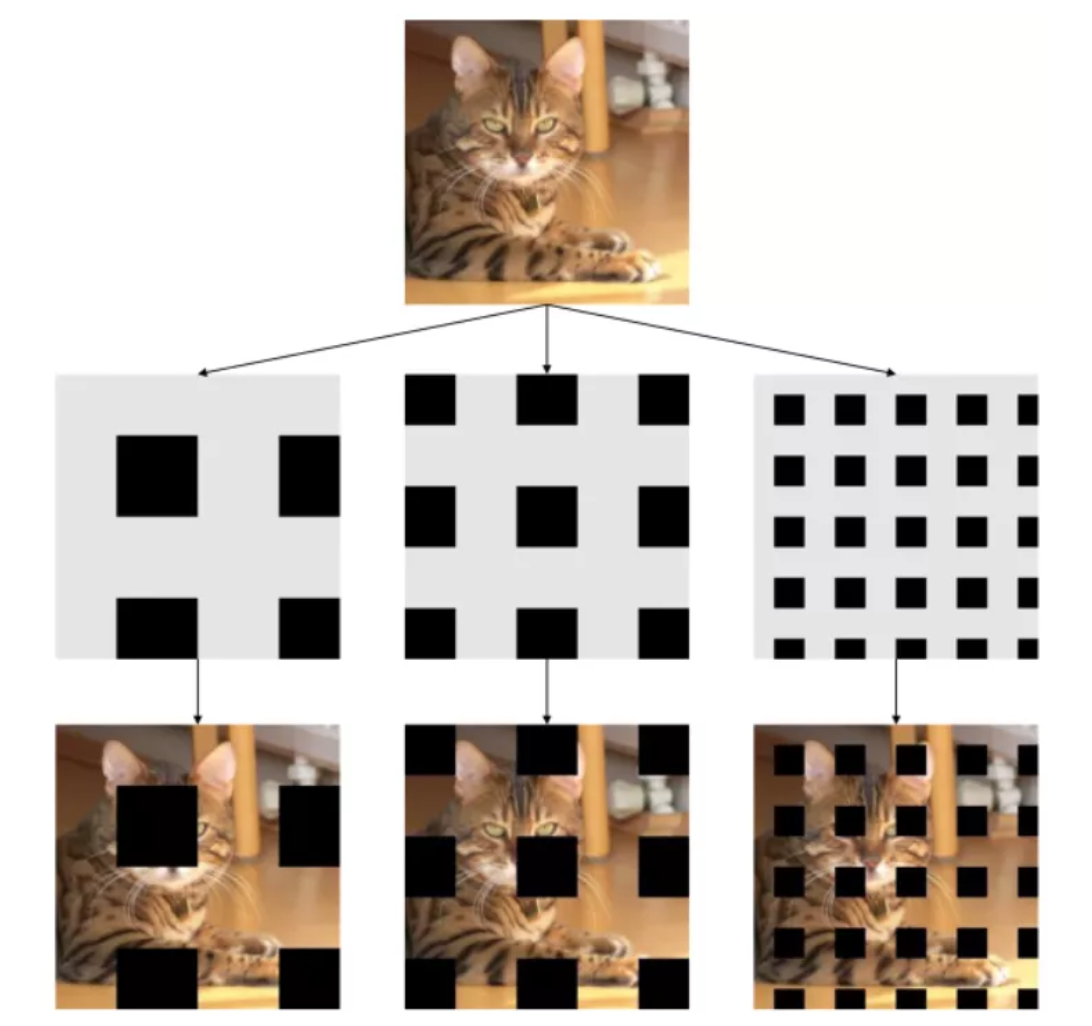首发:AI公园公众号
作者:kartik4949
编译:ronghuaiyang
导读
给大家介绍一个非常好用的TensorFlow数据pipeline工具。
高性能的Tensorflow Data Pipeline,使用SOTA的增强和底层优化。
安装方法
pip install tensorflow-addons==0.11.2pip install tensorflow==2.2.0pip install sklearn功能
- [x] High Performance tf.data pipline
- [x] Core tensorflow support for high performance
- [x] Classification data support
- [ ] Bbox data support
- [ ] Keypoints data support
- [ ] Segmentation data support
- [x] GridMask in core tf2.x
- [x] Mosiac Augmentation in core tf2.x
- [x] CutOut in core tf2.x
- [x] Flexible and easy configuration
- [x] Gin-config support
高级用户部分
用例1,为训练创建数据Pipeline
from pipe import Funnel from bunch import Bunch """ Create a Funnel for the Pipeline! """ # Config for Funnelconfig = { "batch_size": 2, "image_size": [512,512], "transformations": { "flip_left_right": None, "gridmask": None, "random_rotate":None, }, "categorical_encoding":"labelencoder" } config = Bunch(config) pipeline = Funnel(data_path="testdata", config=config, datatype="categorical") pipeline = pipeline.dataset(type="train") # Pipline ready to use, iter over it to use.# Custom loop example.for data in pipeline: image_batch , label_batch = data[0], data[1] # you can use _loss = loss(label_batch,model.predict(image_batch)) # calculate gradients on loss and optimize the model. print(image_batch,label_batch) 用例2,为验证创建数据Pipeline
from pipe import Funnel from bunch import Bunch """ Create a Funnel for the Pipeline! """ # Config for Funnelconfig = { "batch_size": 1, "image_size": [512,512], "transformations": { }, "categorical_encoding":"labelencoder" } config = Bunch(config) pipeline = Funnel(data_path="testdata", config=config, datatype="categorical", training=False) pipeline = pipeline.dataset(type="val") # use pipeline to validate your data on model.loss = []for data in pipeline: image_batch , actual_label_batch = data[0], data[1] # pred_label_batch = model.predict(image_batch) # loss.append(calc_loss(actual_label_batch,pred_label_batch)) print(image_batch,label_batch) 初学者部分
Keras 兼容性,使用keras model.fit来构建非常简单的pipeline。
import tensorflow as tffrom pipe import Funnel"""Create a Funnel for the Pipeline!"""config = { "batch_size": 2, "image_size": [100, 100], "transformations": { "flip_left_right": None, "gridmask": None, "random_rotate": None, }, "categorical_encoding": "labelencoder",}pipeline = Funnel(data_path="testdata", config=config, datatype="categorical")pipeline = pipeline.dataset(type="train")# Create Keras modelmodel = tf.keras.applications.VGG16( include_top=True, weights=None,input_shape=(100,100,3), pooling=None, classes=2, classifier_activation='sigmoid')# compilemodel.compile(loss='mse', optimizer='adam')# pass pipeline as iterablemodel.fit(pipeline , batch_size=2,steps_per_epoch=5,verbose=1)配置
- image\_size - pipeline的图像尺寸。
- batch\_size - pipeline的Batch size。
- transformations - 应用数据增强字典中的对应关键字。
- categorical\_encoding - 对类别数据进行编码 - ('labelencoder' , 'onehotencoder').
增强:
GridMask
在输入图像上创建gridmask,并在范围内定义旋转。
- 参数:
- ratio - 空间上的网格比例
- fill - 填充值fill value
- rotate - 旋转的角度范围
MixUp
使用给定的alpha值,将两个随机采样的图像和标签进行混合。
- 参数:
- alpha - 在混合时使用的值。
RandomErase
在给定的图像上的随机位置擦除一个随机的矩形区域。
- 参数:
- prob - 在图像上进行随机的概率。
CutMix
在给定图像上对另一个随机采样的图像进行随机的缩放,再以完全覆盖的方式贴到这个给定图像上。
- params:
- prob - 在图像上进行CutMix的概率。
Mosaic
把4张输入图像组成一张马赛克图像。
- 参数:
- prob - 进行Mosaic的概率。
CutMix , CutOut, MixUp
Mosaic
Grid Mask
—END—
英文原文:https://github.com/kartik4949...
推荐阅读
关注图像处理,自然语言处理,机器学习等人工智能领域,请点击关注AI公园专栏。
欢迎关注微信公众号







